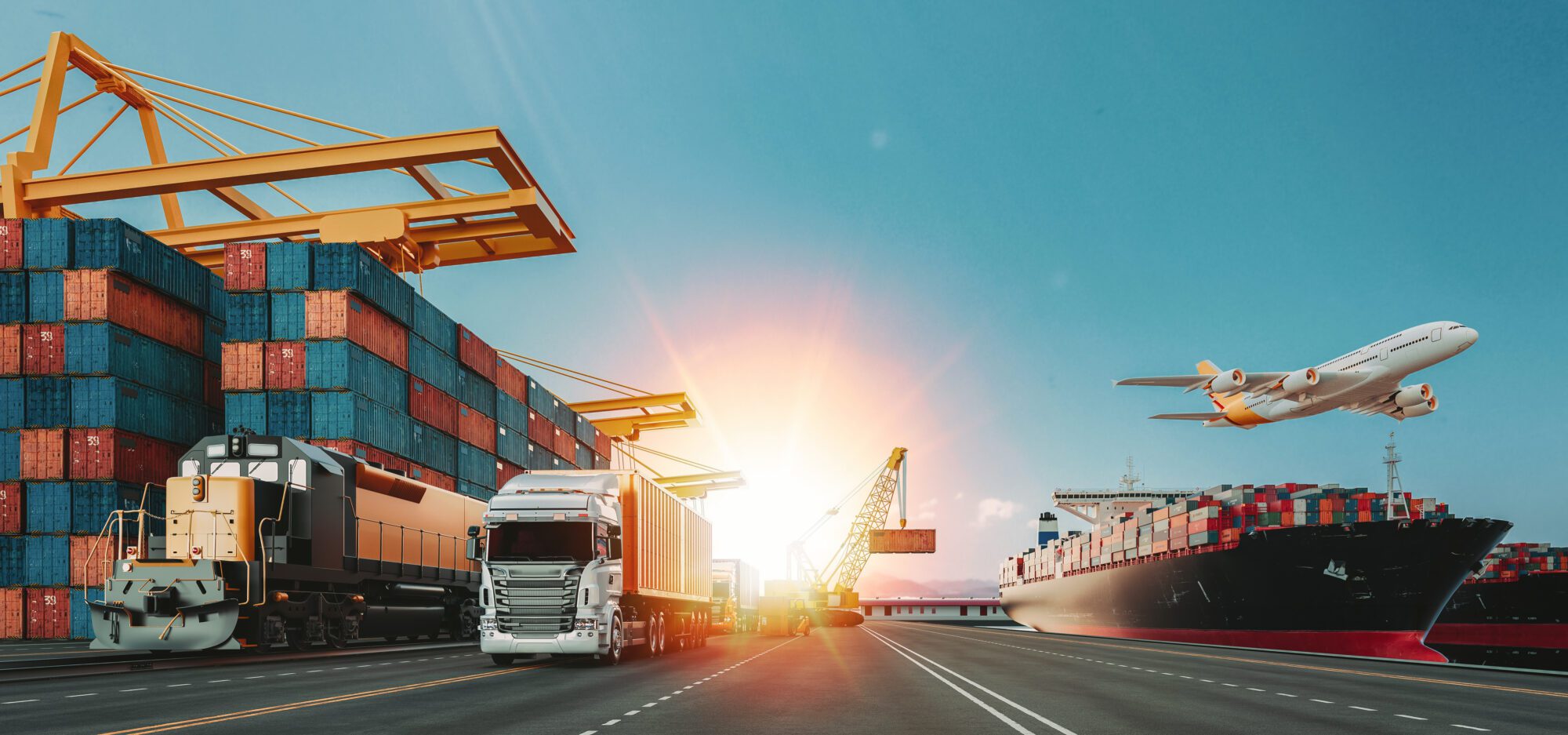Ten trillion U.S. dollars of global merchandise trade happens every year, and it results in about 3.2 gigatonnes of direct carbon dioxide (CO2) emissions from freight transportation. That’s around 30% of all transport CO2 emissions and 7% of global CO2 emissions. With global freight demand projected to roughly double by 2050, it’s important to identify and implement strategies to lower the associated CO2 emissions.
The ICCT has published a series of reports that highlight pathways toward a greener freight system. We’ve explored advanced global freight strategies and analyzed the emissions reduction potential of policies for the railway, inland waterway, maritime, and aviation sub-sectors.
Given that road freight is responsible for a disproportionate amount of the sector’s total CO2 emissions, policies that target trucks can go a long way toward decarbonizing the system. Among other strategies, strengthening emission limits for trucks, developing advanced internal combustion engine technology, and electrifying trucks could reduce the total CO2 emissions of the freight sector by 80%.
And yet, that’s not 100%. Holistic approaches that treat freight as an ecosystem—like modal shift, whereby freight transportation is shifted to more sustainable freight modes, and intermodal transportation, in which cargo is shipped via multiple modes to reduce freight costs and improve efficiency—are also needed. Indeed, such strategies are the missing pieces of the puzzle!
While road transport is flexible and cost-efficient for short-distance shipments, ICCT research on railway freight in China and the United States and inland waterway transport in the European Union and the United States has shown that rail and waterway freight both have an advantage over road freight in terms of shipping capacity. Furthermore, with 1 gallon of fuel, 1 ton of cargo can travel 576 miles by barge, 413 miles by rail, and 155 miles by truck. For each ton-kilometer of shipment over 1,000 km, a barge would only cost around $0.01, a rail car would cost $0.04, and a diesel truck would cost $0.12. So, not only does road freight comprise an outsized share of global freight’s CO2 emissions, it’s also not as cost-efficient as railway and waterway. A single freight train with 40 railcars can replace 100 trucks, reducing CO2 emissions and mitigating highway congestion.
